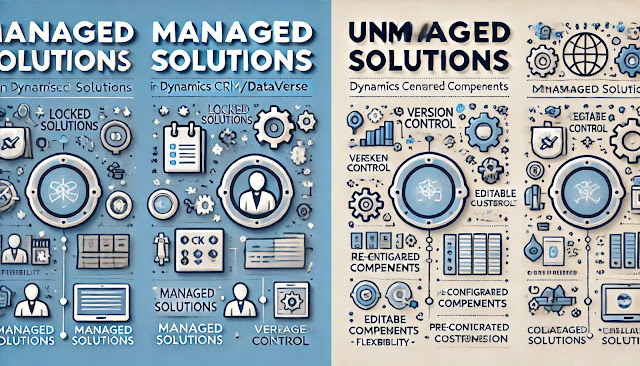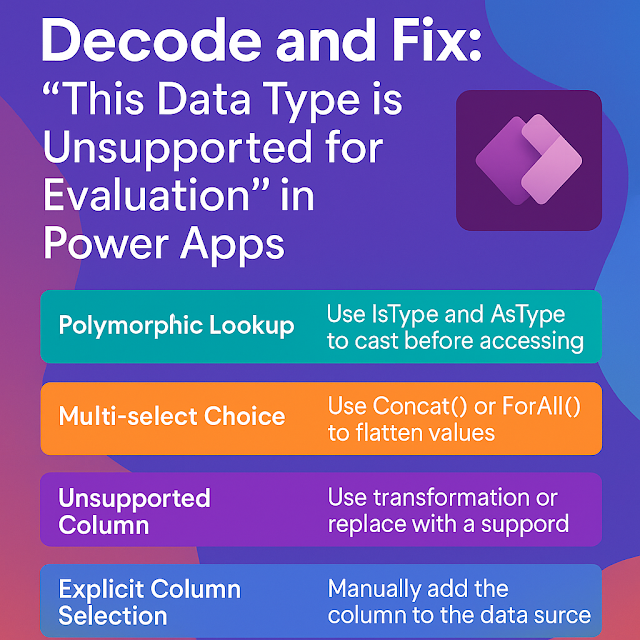What is a Power BI Semantic Model?
What is a Power BI Semantic Model?
The Power BI Semantic Model is a framework that organizes data into a structured and user-friendly model, enabling intuitive analysis and visualization by translating complex raw data into meaningful relationships, hierarchies, and measures.
Types of Semantic Models in Power BI with Definitions:
-
Star Schema:
A data model structured around a central fact table connected to dimension tables, optimized for analytical queries and reporting. -
Snowflake Schema:
An extension of the star schema where dimension tables are normalized into multiple related tables to reduce redundancy. -
Galactic Schema:
A collection of multiple star schemas linked through common dimensions, often used for complex data environments. -
Single Table Model:
All data is stored in a single flat table, making it simple to use but not optimal for large datasets or complex relationships. -
DirectQuery Model:
Connects directly to the data source and queries it in real-time without storing data in Power BI. -
Import Mode Model:
Imports and stores data into Power BI's in-memory database, offering high performance for querying and visualization. -
Composite Model:
Combines DirectQuery and Import mode, enabling flexibility by using both live connections and stored data. -
Tabular Model:
A relational, columnar, and in-memory data model allowing calculations and hierarchies, used for high-speed analytics. -
Multidimensional Model:
A legacy OLAP model from SSAS, supporting cubes, dimensions, and advanced MDX queries. -
Power BI Service Live Connection:
Connects directly to a published Power BI dataset in the cloud, allowing reuse and collaboration of existing models.
Benefits of Power BI Semantic Models:
- Simplified analysis through intuitive relationships and hierarchies.
- Faster performance using optimized data structures.
- Consistency in calculations, KPIs, and business logic across reports.
- Enhanced scalability for handling large datasets.












Comments
Post a Comment